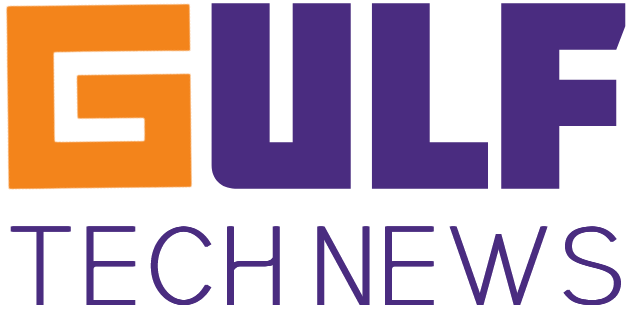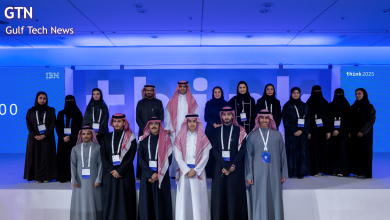Cisco Unveils Unified Software Stack to Power Distributed Quantum Computing and Networking

Cisco introduces the industry’s first distributed quantum compiler, eavesdropper-proof security demo, and entanglement-based coordination tools to advance real-world use cases.
Cisco, today, unveiled a unified quantum networking software stack that enables quantum computers to work together as one system, overcoming the hardware limitations of today’s machines. This enables organizations to run quantum algorithms across multiple processors, while also supporting new classical applications built on quantum networking.
There are three research prototypes to advance Cisco’s quantum networking strategy. Each run on a unified quantum networking software stack, which is the vital infrastructure that makes quantum computers work together instead of alone:
- Quantum Compiler: The industry’s first network-aware distributed quantum compiler, enabling algorithms to run across multiple processors, alongside the first compiler supporting distributed quantum error correction.
- Quantum Alert: An application demo for eavesdropper-proof security with guarantees from physics, not promises from classical software.
- Quantum Sync: A decision coordination application demo that uses entanglement to enable correlated decision-making across distributed locations for classical use cases.
Building the Complete Quantum Networking Stack
Cisco has long believed in a full-stack approach to building high-performance systems, designing custom silicon, integrated hardware, and the software layers that manage them. This philosophy helped pioneer many of the foundational technologies of the classical internet, from data centers to wireless networks. The same systems-level strategy is now being applied to quantum networking.
Cisco is developing the complete stack, including a quantum networking chip, control software with protocols and controllers, and applications that bridge quantum and classical worlds. Following the launch of the quantum network entanglement chip, which is capable of generating more than 200 million entangled photon pairs per second, Cisco is unveiling the software that makes quantum networking operational.
The unified quantum networking software stack has three layers of capabilities:
- Applications: Quantum networking applications for both quantum and classical use cases. This includes the available network-aware distributed quantum computing compiler, enabling efficient execution of algorithms in a networked quantum data center.
- Control: Protocols and algorithms that support diverse quantum networking applications and manage the full range of hardware and software devices through defined northbound and southbound APIs.
- Devices: An SDK and APIs for physical devices, complemented by a library of emulated and simulated ones.
Mohannad Abuissa, Managing Director Solutions Engineering and CTO, Cisco Middle East, Turkey, Africa, Romania and CIS says, “Quantum networking represents the next frontier in computing, and these launches mark an important step toward making it practical. By applying Cisco’s full-stack approach to quantum, we are enabling secure communications and advanced applications that bridge both classical and quantum worlds. These innovations not only accelerates the path to real business value but also reinforces our commitment to driving the region’s leadership in future-ready technologies.”
Solving Classical Use Cases through Quantum Networks
While the industry debates when quantum computing will deliver business value, Cisco’s application demos show that the time has arrived.
Quantum Alert provides provable eavesdropper detection by using quantum physics to reveal interception attempts. Any tampering with entangled photons changes their properties and triggers an alarm. It works alongside existing encryptions, including post-quantum cryptography, and protects against harvest-now-decrypt-later attacks.
Quantum Sync enables decision coordination across distributed systems without message exchange. Using entanglement, two nodes receive correlated outcomes, if one reads heads, the other reads tails.
A key use case is high-frequency trading, where milliseconds can mean millions. The demo is powered by Cisco’s quantum network simulator running real protocols.
Making Quantum Networking Real
The teams at Cisco Quantum Labs and Outshift by Cisco have built a complete software solution prototype for controlling, managing, and monitoring entanglement-based quantum networks across applications both in the quantum and the classical computing spaces.
This approach works with any quantum computing platform, whether superconducting, trapped ion, photonic or any other. Just like Cisco did for the classic internet.



